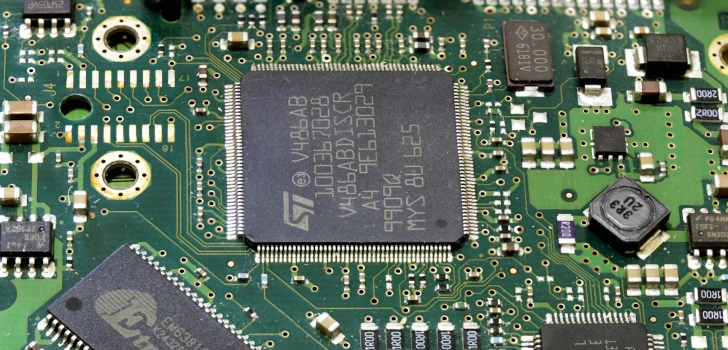
Install Fedora on MACCHIATObin
August 31, 2022
After my last post about MACCHIATObin, a few people reached out to better understand how to install Fedora on it.
The MACCHIATObin board provides many different installation options. It has an onboard eMMC (in my case, 8GB, but I’m not sure if other sizes are available), an SD card slot, 3 SATA ports, and 1 PCI x4 slot. This setup means that the various options to install Fedora on a MACCHIATObin are:
- SD Card
- eMMC
- HDD or SSD on SATA
- nVME (or other storage solution) on PCI I’ve tested two different installation options, but all those cases should follow in those two cases since the SD Card can use the first approach I’ll describe, but the second approach will work on all listed storage options.
Installation on SD Card
The quickest way to get up and running with a MACCHIATObin board is to use the fedora-arm-image-installer.
This small tool allows you to create an SD Card with Fedora on top, starting from Fedora’s official RAW images.
Since MACCHIATObin has an ARM processor, firstly, you need to download a RAW image from arm.fedoraproject.org.
I’ve opted for the Fedora Minimal, but your mileage might vary, and a different option could be better for you.
You must remember that MACCHIATObin has no onboard graphical card, so if you want a desktop environment, you will need a video card in the PCI slot.
Once you have the RAW image on your disk, you can use fedora-arm-image-installer to populate the SD Card.
This tool allows many customizations; therefore, I suggest everyone read the help (fedora-arm-image-installer -h) for a complete list.
In my case, I tend to use the following:
sudo arm-image-installer --image Fedora-Minimal-36-1.5.aarch64.raw.xz --media /dev/sdc --addkey ~/.ssh/id_rsa.pub --resizefs --norootpass
This command allows me to have the Fedora Minimal on the SD Card (in my case, /dev/sdc), but be sure you select the right one.
This command also allows me to have my SSH key already configured to connect via SSH to the root account (--addkey ~/.ssh/id_rsa.pub).
Also, I prefer to have no root password set (--norootpass) and the filesystem extended to the total size of the SD Card (--resizefs) to ensure that it is readily usable.
Generic installation
Since MACCHIATObin arrives with UEFI, it is possible to create a USB (or SD Card) from a Fedora ISO image, being sure to download the aarch64, since MACCHIATObin is ARM-based.
You can then create the image with:
sudo dd if=Fedora-Server-dvd-aarch64-36-1.5.iso of=/dev/sdc bs=8M status=progress oflag=direct
Ensure to check both the name of the ISO image and the device name you are writing to (/dev/sdc in my case) since you might need different values.
After this passage, you can install it on the MACCHIATObin.
Since the MACCHIATObin does not have a port for a monitor, you might opt for those options to perform the installation:
- add a PCI video card
- leverage a Kickstart file
- use the console port (UART) via USB
If you opt for the console port, be aware that it will be a text mode installer, which have limited features, mainly in the storage configuration space.
Conclusions
I hope this short blog post helps you in the process of installing Fedora (and potentially any other distro) on MACCHIATObin.